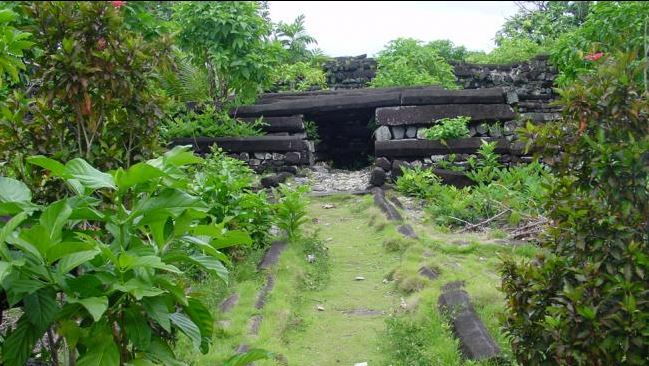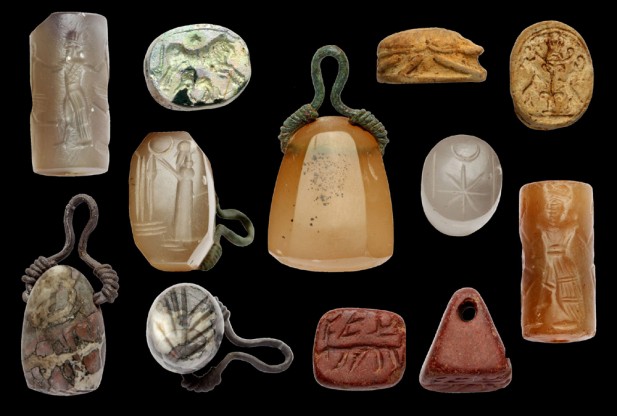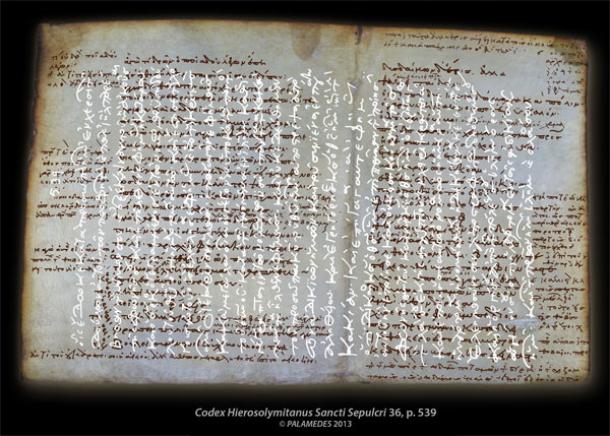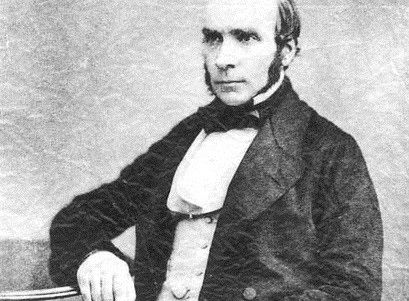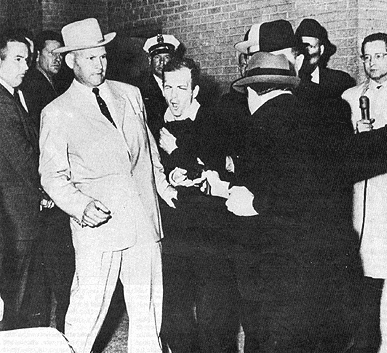
This writer asked Martin if he thought it was unusual for Senator to forget the meeting while testifying in Washington on April 22, 1964, since Bill Hunter, who was a newsman present at the meeting, was shot to death that very night. Martin grinned and said: "Oh, you're looking for a conspiracy."
I nodded yes and he grinned and said, "You will never find it."
I asked soberly, "Never find it, or not there?"
He added soberly, "Not there."
Bill Hunter, a native of Dallas and an award winning newsman in Long Beach, was on duty and reading a book in the police station called "Public Safety Building." Two policemen going off duty came into the press room, and one policeman shot Hunter through the heart at a range officially ruled to be "no more than three feet." The policeman said he dropped his gun, and it fired as he picked it up, but the angle of the bullet caused him to change his story. He finally said he was playing a game of quick draw with his fellow officer. The other officer testified he had his back turned when the shooting took place.
